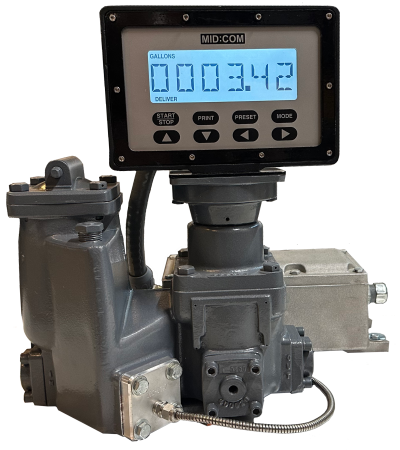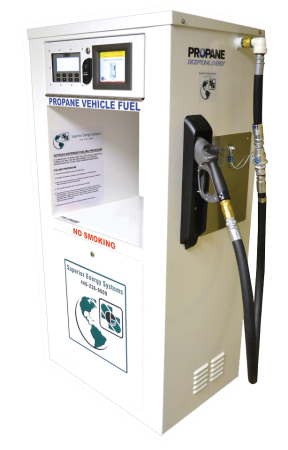Preparing For The New Dispenser Requirements Coming in 2026


Understanding Temperature Compensation
Temperature compensation is a critical process that adjusts the volume of propane dispensed to account for temperature variations. Propane, like all gases, expands and contracts with temperature changes. Without temperature compensation, the volume of propane dispensed can vary significantly, leading to potential discrepancies in billing and product delivery. Some of the benefits of automatic- temperature compensation are:
-
- Accuracy and Fairness: By accounting for temperature variations, temperature compensation ensures that consumers receive the exact amount of propane they pay for, fostering trust and satisfaction.
- Regulatory Compliance: Complying with Handbook 130 will keep businesses aligned with federal regulations, avoiding potential fines and legal issues.
- Enhanced Efficiency: Modern temperature compensation systems are designed to be highly efficient, reducing the need for manual adjustments and minimizing human error.
The New Requirement
The National Conference on Weights and Measures (NCWM) has adopted new regulations within Handbook 130, which will require all propane dispenser installations to include automatic temperature compensation starting in 2026. This regulation applies to meters with a maximum rated capacity of 20 gallons or less, ensuring that even small-scale dispensers adhere to the new standards. Existing installations of propane dispensers will not be required to be retrofitted with temperature compensation until January 1, 2030, at which time all dispensers will be required to include automatic temperature compensation. The new requirement allows for either mechanical or electronic compensation, so which option is best?
Mechanical or Electronic Compensation?
There are many factors that come into play when determining the best option, and while both provide a solution, there are a few significant differences.
-
- The most notable difference is the accuracy that electronic temperature compensation offers, allowing accuracy to 1/100ths of a gallon/liter.
- Electronic compensation has more flexibility in how the data is displayed and printed, allowing options like net and gross volume.
- Moving the data from the register to another system such as POS or card lock system is much easier.
- Because there are fewer moving parts, electronic systems tend to be more reliable and require less maintenance than the mechanical systems.
Read more about the benefits of electronic compensation over mechanical here.
MID:COM Has Your Solution
The E:Count LT and LTIS are the right choices for your Class I, Div 1 and Div 2 dispenser needs. They will improve the accuracy and efficiency of any mechanical meter by replacing hundreds of moving parts with a very low-maintenance, solid state electronic counter. Features include:
-
- Electronic temperature compensation
- Accuracy in 100ths, 10ths or whole gallons/litres
- Works well with fuel management systems
- Control pump and valves automatically
- Smaller footprint than mechanical
- Auto Calibrate
- Print shift tickets and calibration reports
- Display gross and net volumes
- Pulse input and output
- Backlit display
- Mass displayed in pounds or kilograms
- View flow rate
Click for more information about MID:COM’s E:Count LT and E:Count LTIS.
The 2026 mandate for temperature compensation in propane dispensers, as outlined in Handbook 130, represents a significant advancement for the propane industry. By ensuring accurate measurement and billing, this regulation will enhance consumer trust and industry standards. Propane marketers and dispenser manufacturers should begin preparing now to ensure a smooth transition and compliance with the new requirements. For more detailed information on the upcoming changes and how to prepare, visit the National Propane Gas Association’s website or consult the latest edition of NIST Handbook 130.
